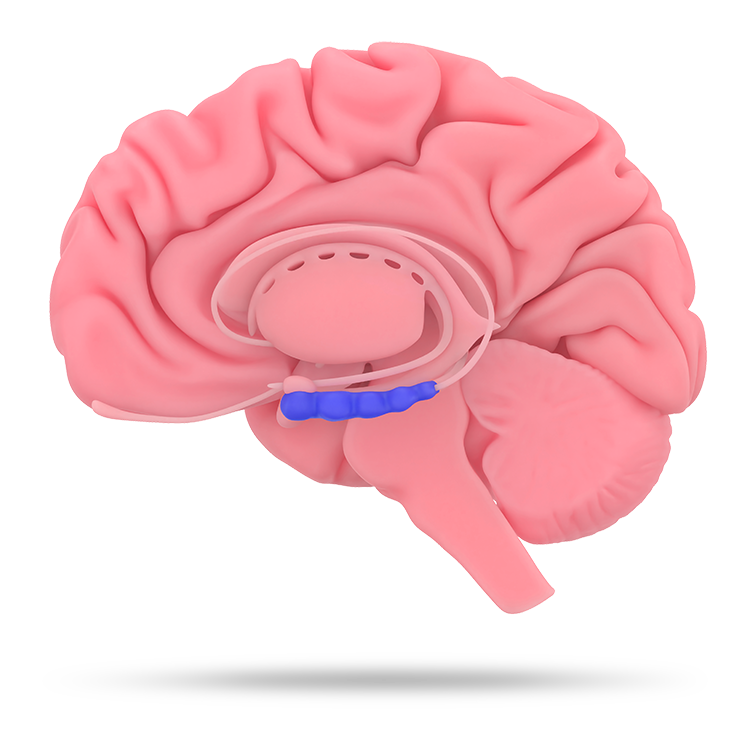

“Most crime situations that young people are involved in are emotionally arousing situations - they’re scared, or they’re angry, intoxicated or whatever,” Dr.

Steinberg said.Ĭourts, too, may need to take into account the powerful influence of emotions, even on people in their early 20s. “Sixteen-year-olds are just as good at logical reasoning as older people are,” Dr. He has proposed, for example, that the voting age be lowered to 16. Nevertheless, he thinks recent studies hold some important lessons for policy makers. Somerville that the maturing of the brain was proving to be a long, complicated process without obvious milestones. “The young adults looked like teenagers,” said Laurence Steinberg, a psychologist at Temple University and an author of the study.ĭr. But when they were expecting the noise, they did worse on the test.īrain scans revealed that the regions of their brains in which emotion is processed were unusually active, while areas dedicated to keeping those emotions under control were weak. In the trials without the noise, the subjects did just as well as people in their mid-20s. They were instructed to press a button each time they were shown faces with a certain expression on them - happy in some trials, scared or neutral in others.Īnd in some cases, the participants knew that they might hear a loud, jarring noise at the end of the trial. The authors asked a group of 18- to 21-year-olds to lie in an fMRI scanner and look at a monitor. That system may take a surprisingly long time to mature, according to a study published this year in Psychological Science. The problem seems to be that teenagers have not yet developed a strong brain system that keeps emotions under control. But if they’re feeling strong emotions, those scores can plummet. Somerville’s own research focuses on how the changes in the maturing brain affect how people think.Īdolescents do about as well as adults on cognition tests, for instance. Some children, researchers have found, have neural networks that look as if they belong to an adult.


Neuroscientists have speculated that this long-distance harmony lets the adult brain work more efficiently and process more information.īut the development of these networks is still mysterious, and it’s not yet clear how they influence behavior. By adulthood, distant regions start acting in concert. In a child’s brain, neighboring regions tend to work together. Somerville said.Īs the anatomy of the brain changes, its activity changes as well. “It challenges the notion of what ‘done’ really means,” Dr. In the frontal lobe, in the front of the brain, new links are still forming at age 30, if not beyond. The pruning in the occipital lobe, at the back of the brain, tapers off by age 20. But it happens at different rates in different parts of the brain. The connections between neighboring neurons get pruned back, as new links emerge between more widely separated areas of the brain.Įventually this reshaping slows, a sign that the brain is maturing. The human brain reaches its adult volume by age 10, but the neurons that make it up continue to change for years after that. Somerville laid out the conundrum in detail in a commentary published on Wednesday in the journal Neuron.


 0 kommentar(er)
0 kommentar(er)
